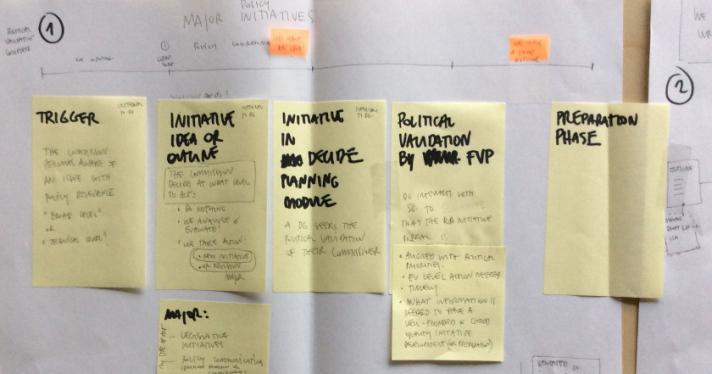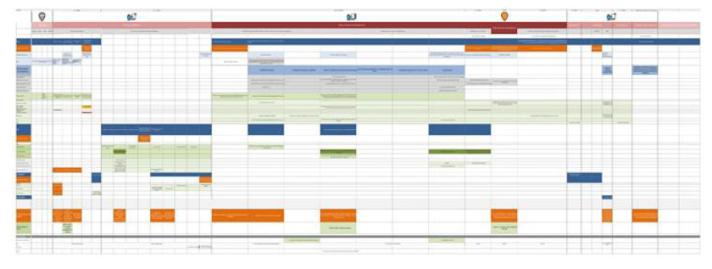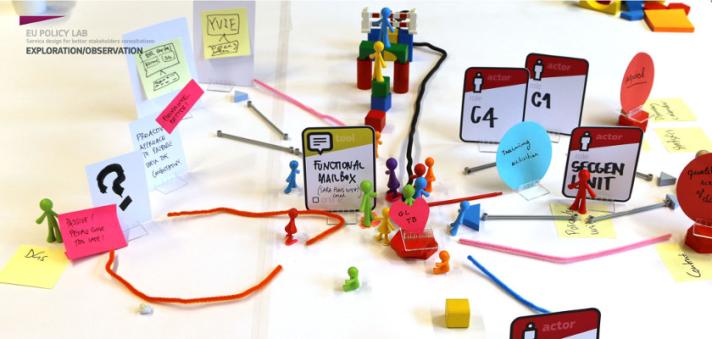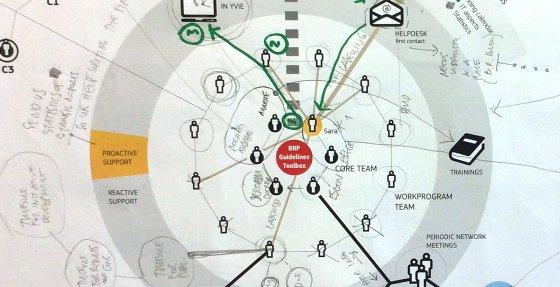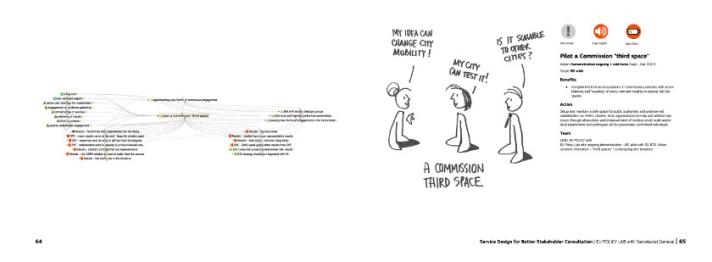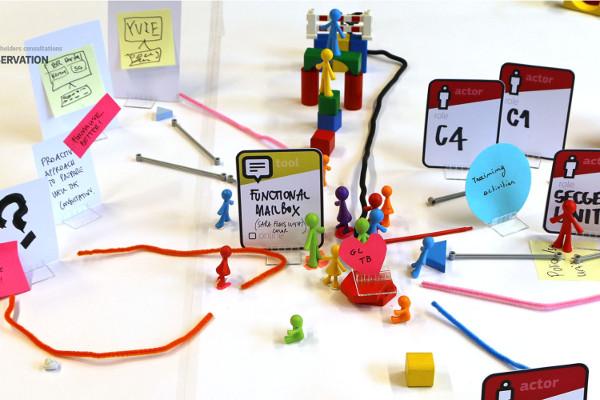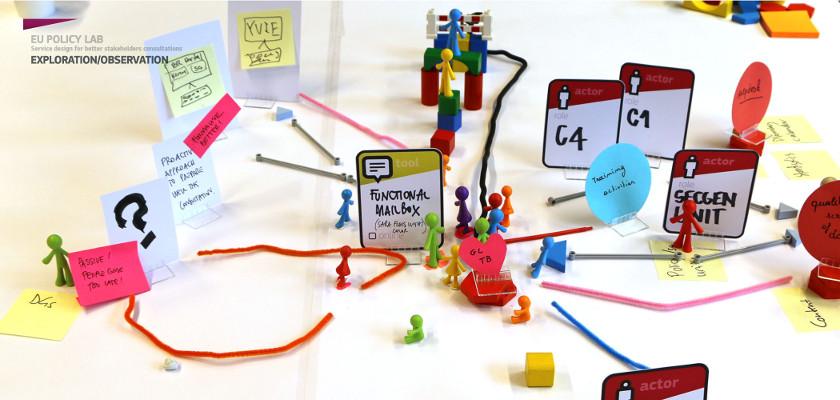
In May 2015 the Commission published “Better regulation for better results – An EU agenda“, a communication on improving “both what the European Union (EU) does, and how it does it“. An important part of the document focused on the importance of consulting more and better with all stakeholders, to increase transparency and to allow them to contribute significantly to the process.
As a result, stakeholder consultations are now one of the most pressing priorities for all Commission Directorates (DG’s) and a lot of effort is taken to make sure that the development of policies, the assessment of their impacts and the evaluation of their implementation is open and transparent. This new focus has a strong impact on the internal organisation of the DG’s both in terms of workload (new requirements and new procedures) and in terms of new competences required.
After a little more than a year from the communication, the EU Policy Lab was called by Secretariat General to support two main processes: the co-design of the package of documents that support this “better regulation agenda”, also known as the “Better Regulation Guidelines and Toolbox”, and the improvement of the services that their units are offering to all the Directorates. This post focuses on the second process, started in September 2016.
This project is one of the first full-fledged application of service design principles in the EU Policy Lab and it follows the usual “observe – synthesize – ideate – prototype” approach. Additionally, we used many collaborative processes to involve our colleagues in each stage of the project.
Observe
Stakeholder consultation is a very sensitive process and it is not free of complications. Several different actors from different commission services intervene in a process that is strongly interdependent with policy development. Sometimes, the nature of the initiative requires the intervention of several different DG’s while political pressure sets very tight deadlines. The need for coordination and efficient supporting tools is high.
We started the observation process following two main paths. On one side, we mapped a typical legislative process with user journey templates to get a better idea of when each actor was called in each stage of the process, what tools she used to perform her job and the quality of her experience. We initially ran this exercise with experts from Secretariat General to extract a “blank” template with main phases, which was then used in interviews with policy officers responsible for the development of the initiatives.
We also mapped the internal relationships among the several directorates and units in the Commission. The purpose was to extract and visualise the key relationships among the actors, the flows of information, the issues and the opportunities. We ran three sessions with our colleagues in Secretariat General and then formalised a map that was used with other colleagues in DG’s to extract their own point of view, relationships and issues.
Sinthesize & Ideate
The observation ran approximately from September 2016 to February 2017. The process resulted in more than 900 items collected, from issues to tools, to ideas, opportunities and comments. To make sense of all the material, we digitised the items using the brain and produced several maps and views that helped contextualise the cloud of information by issue, by phase of the process, by tool, etc.
Ideas for improvement started flowing, both as a result of the sense-making process and as direct insights and suggestions from the colleagues we interviewed. Our work focused more on systematising the knowledge already produced rather than organising sessions to generate further ideas.
For each idea, we produced a view that contains the related cloud of issues and opportunities, an illustration to sketch the main characteristics and guide the development of the prototype, and a small textual description that included planning and resource allocation.
We then produced a map for all the issues and one with all the ideas, to be used in high level meeting to communicate our key concepts and to prioritise our follow up actions.
Prototype
This is the phase we are currently running. At this stage we are focusing on ideas that require a relatively low effort to be implemented and transformed in prototypes, plus some actions that require more intensive work.
In particular, we are now working on
- a visual entry-point to the Better Regulation Guidelines and Toolbox
- a landing web-page for the Commission intranet page dedicated to stakeholder consultations
- a stakeholder mapping tool
- a tool to define a stakeholder consultation strategy
- a canvas to produce better questionnaires for public consultations
- a mapping of consultation activities that are alternative to those recommended by default
The project is supposed to run until September 2017, with most of the activities ending before the summer break. We will publish further posts describing the prototypes in more detail, so if you are interested please subscribe to receive new posts. If you have experience with stakeholder consultation or are interested in sharing experiences, feel free to contact us.
Details
- Publication date
- 19 June 2017
- Author
- Joint Research Centre
- EU Policy Lab tags

